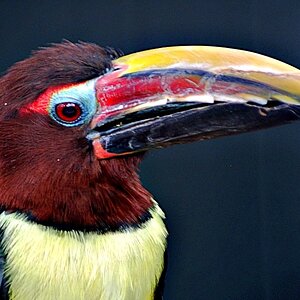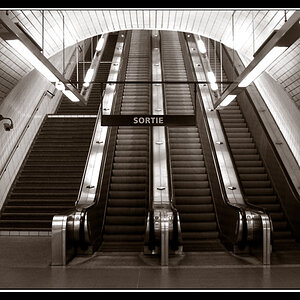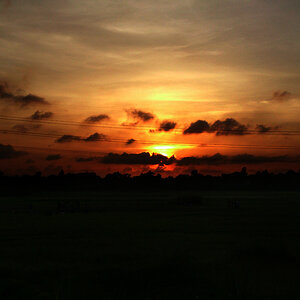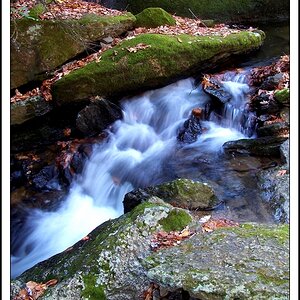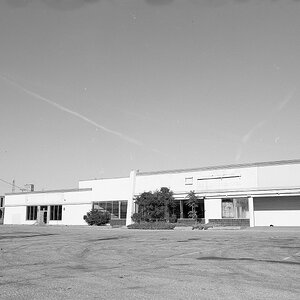jvw2941
TPF Noob!
- Joined
- May 5, 2009
- Messages
- 155
- Reaction score
- 0
- Location
- North Carolina
- Can others edit my Photos
- Photos NOT OK to edit
I have heard in other forums people talking about RAW format. They have said things like, "since the Nikon D90 can support RAW format then this is good for me because I want to sell my work." What does this mean, can you not sell edited work. As you can see I am dumbfounded and need some explanation please.


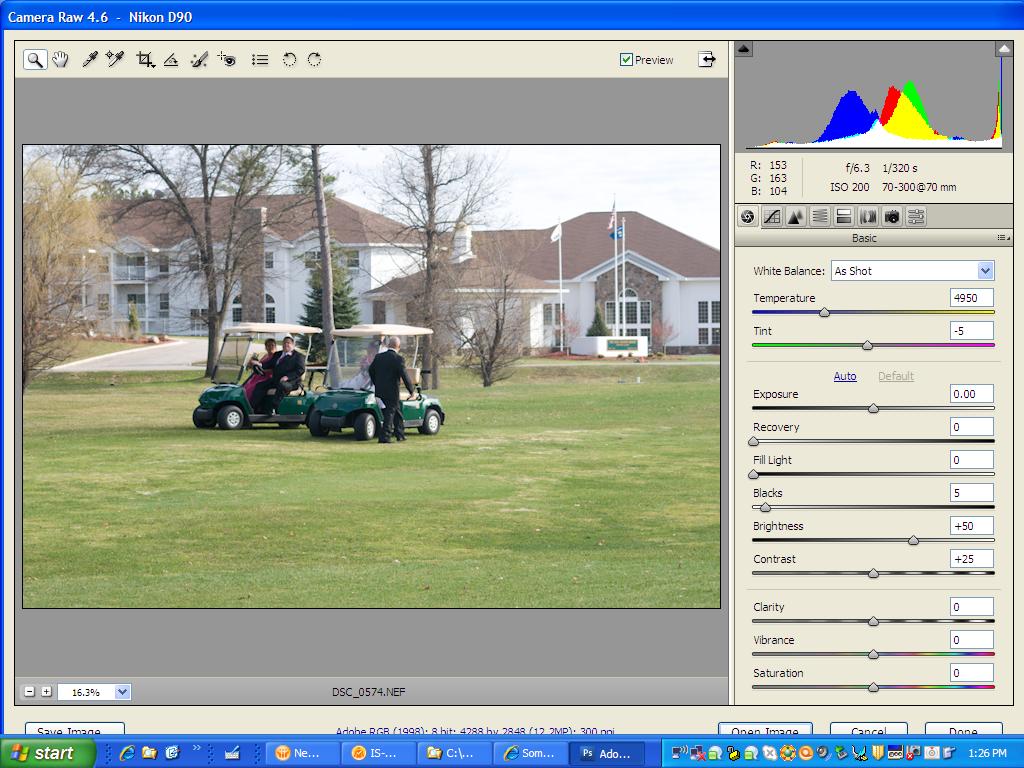
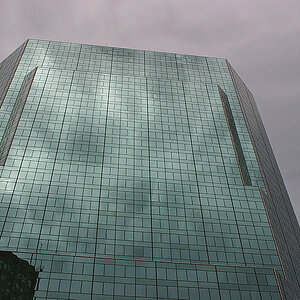
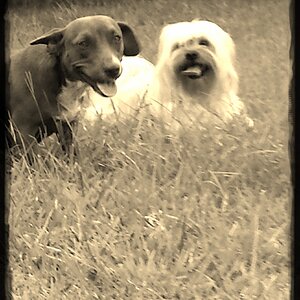
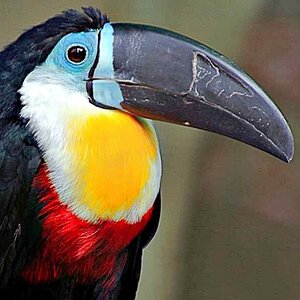
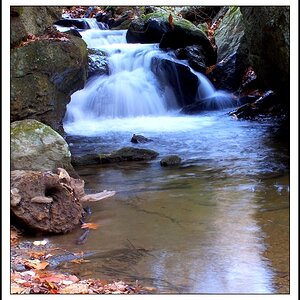
![[No title]](/data/xfmg/thumbnail/41/41889-81d59d4994c91e71aaf805b05b133966.jpg?1619739933)

